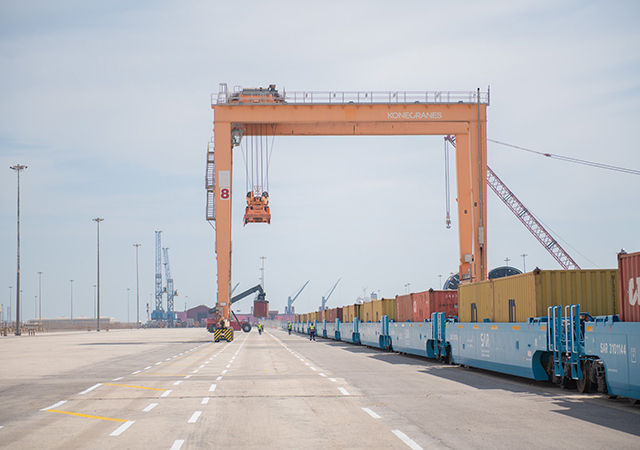
The World Bank’s officer for rural development, water and the environment in Sana’a, Naji Abu Hatem, has announced that the World Bank is preparing a large project to help improve water supply in Yemen.
Abu Hatem said it would cost $360 million.
In a statement to the state-run Saba News Agency, Abu Hatem made it clear that the World Bank would contribute $90 million to the project with additional contributions from the United Kingdom, the Netherlands and Germany.
Abu Hatem, who recently participated in the Expo Zaragoza water show held in Spain, has warned of the dangerous water situation in Yemen due to the fast growing population and the absence of what he said was “social enlightenment” on the importance of water, its management and conservation.
The official said the country had followed “unstudied policies” such as transforming the Marib Dam into a storage dam as a result of which people could only avail themselves of 9 per cent of the water.
He said the World Bank was currently running five projects in the national water sector. There was a project in urban areas to help supply 11 cities with drinking water, the cost of which was $150 million; a project to improve irrigation in its initial phases in Zabid and Tuban at an investment of $21 million; another irrigation project in rural areas with a price tab of $40 million; a Sana’a-based project costing $20 million and a project to conserve groundwater in 15 separate governorates at a cost of $65 million.
Meanwhile, 33 dams and water barriers constructed at a cost of YR 2.2 billion across the country are ready for inauguration.
The director general of irrigation and water institutions, Mutahar Zaid, said the projects were distributed across the governorates of Adhale’a, Mahweet, Sana’a, Taiz, Amran, Hudeidah, Dhamar, Ebb, Hajja, Mareb, Al-Beidha and Shabwa.
He said the dams would store great quantities of rain and flood water and contribute to feeding groundwater required for irrigation. They would also help protect agricultural lands, villages and valleys from the consequences of heavy rain and from flood waters streaming from mountains.















